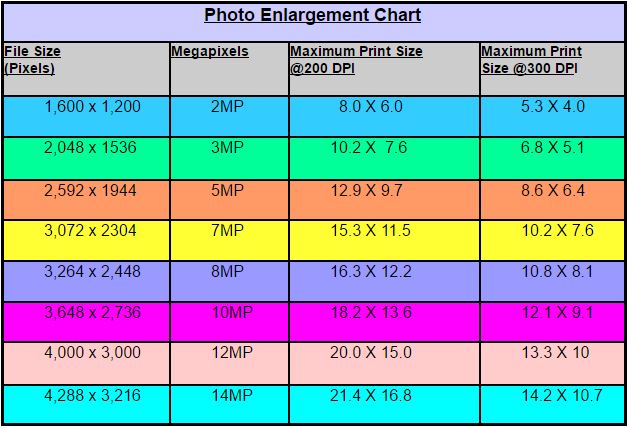

# if you want 16:9 change these values to 16 and 9 # the frame is taller than we want, pad the left and right # the frame is wider than we want, pad the top and bottomįunction PadWidth(clip image, int width, int height, int AR_WIDTH, int AR_HEIGHT) Unless you particularly need to author a DVD-Video disc, why not just resize to the 16:9 dimensions of your choice (and therefore "square pixels" or a PAR of 1.0)? That's assuming it's supposed to display as 16:9 and not as 4:3.Ĭode: function PadHeight(clip image, int width, int height, int AR_WIDTH, int AR_HEIGHT) You could resize to 600x540 if you wanted to and set a new PAR of 1.11111 for a DAR of 16:9. If you resized to 960x720 the PAR would need to be 4:3 in order to display as 16:9 (1280x720). A PAR of 10/11 for 704x480 would give you a display aspect ratio of 4:3. (Edit to fix mistake here): If you resized to 704x480 the new PAR would be 40/33 in order to display as 16:9 (using the mpeg4 PARs from the list I linked to). You really only need to know the correct display aspect ratio in order to calculate the new PAR after resizing (unless you need to know the original PAR in order to determine the correct DAR).Īssuming your image is supposed to display as 16:9, you could resize to 1280x720 and the new pixel aspect ratio would be 1.0 as 1280/720=16/9. That's irrelevant though if you change the storage aspect ratio when you resize, as due to the PAR=DAR/SAR formula, for DAR to be a constant, when the storage aspect ratio changes the PAR must change accordingly. If I understand you correctly you want the 496x384 image to display as 16:9? That's why I want to know my PAR so I can change PAR, upscale it, etc. # To disable the Limit argument, set Limit=0 # Limit=50000 by default which should make it accurate to roughly 6 decimal places, and 1.777777 or 1.777778 would therefore both convert to 16:9. # The Limit argument specifies the allowable error as 1/Limit, so Limit=100 would be 1/100 or 0.01 or 1%. # The result displays as a subtitle in the centre of the video. The "Generic PARs" are the ones you'd use assuming the whole 720 width is resized to 4:3 or 16:9. If you base the calculation on 720x480 or 720x576, the resulting display aspect ratio will be a little wider than 4:3 or 16:9. The "MPEG-4 PARs" are the ones you'd use assuming 704x480 (NTSC) or 704x576 (PAL) should resize to 4:3 or 16:9.

The display aspect ratio and the pixel aspect ratio you quoted can't both be correct. Your 496x384 example doesn't make sense because to display as 31:24. If the storage dimensions and the display dimensions are the same, the pixel aspect ratio must be 1.0 The pixel aspect ratio would therefore be 1024/720 = 1.422222ĭAR/SAR = PAR would give you the same result as the storage aspect ratio is 720/576, which is 1.25 Thank you! You can think of the pixel aspect ratio as being the difference between the physical width of the picture, and the width it'd be stretched or squished to in order to display with the correct aspect ratio.įor a 720x576 source (as an example) with a display aspect ratio of 16:9, the correct display width can be calculated based on the height.ĥ76*16/9 = 1024, so it'd display as 1024x576 in "square pixel" dimensions. Most of this calculations I'm doing with a calc spreadsheet from libreoffice so I can punch in the numbers and get the values I need.

This is very different from PAR 10:11 we see over the internet, what I need to do to find a correspondent PAR for a 496 x 384 footage for example? I'm trying to understand all this SAR, PAR, DAR stuff and I'm having problem with PAR, what I've got so far?Ħ40 x 480, max common divisor of 640 and 480 is 160, so 640/160 = 4 and 480/160 = 3 or a DAR of 4:3


 0 kommentar(er)
0 kommentar(er)
